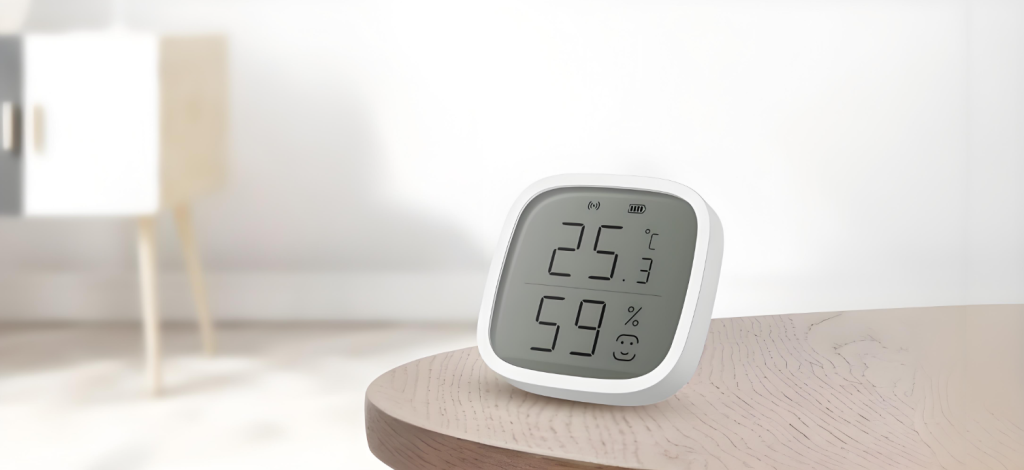PCBs have a key role in weather monitoring equipment. The following describes the combination of temperature and humidity sensors, barometric pressure sensors, and wind speed and direction sensors:

Temperature and humidity sensor
Signal processing and conversion
PCBs provide stable electrical connections and physical support for temperature and humidity sensors. Its sophisticated circuit design accurately amplifies, filters, and converts the weak electrical signals collected by the sensor. Temperature and humidity information is converted into digital signals for subsequent processing and analysis.
Adopts low-noise, high-stability components to reduce the impact of external interference on the sensor signal. Ensure high-precision measurements, such as the high-precision realization of temperature and humidity measurements in high-precision weather stations.
Co-working Layout
The PCB layout considers the synergy between the sensor and other components. Reasonable wiring and interface design enable fast and stable communication between the sensor, microprocessor, and communication module. Realize real-time data transmission and sharing to provide timely and accurate data support for meteorological research and application.
Barometric Pressure Sensor
High-precision signal processing
The barometric pressure sensor needs a high-precision signal processing circuit, PCB analog circuit part of the amplification and conditioning sensor signal. The analog circuitry on the PCB amplifies and conditions the sensor signals, such as converting capacitance or resistance change signals into a recognizable form for processing. Temperature compensation circuits are also integrated to correct the effect of temperature on barometric pressure measurement and improve data accuracy.
Portable and low power consumption design
In portable weather monitoring equipment, PCB miniaturization and low-power design facilitate barometric pressure sensor applications. Optimized circuit layout and low-power components make the device lightweight, easy to carry, and enhanced battery life to meet the needs of a variety of scenarios.
Wind Speed and Direction Sensors
Power and Control Support
PCBs provide power and control support for wind speed and direction sensors. In rotary sensors, for example, the motor drive circuit controls the rotating part in response to the wind. The connected components convert the rotation information into digital pulse signals for the microprocessor to calculate the wind speed and direction values.
Signal Preprocessing
Signal processing circuitry on the PCB pre-processes the signals collected by the sensor. Noise and interference are removed to ensure that the sensor continues to work accurately under adverse weather conditions. It provides reliable wind parameter data for the meteorological monitoring system and helps to ensure the safety of meteorological research and related activities.
PCB and various types of weather sensors are closely integrated to promote the development of accurate and efficient weather monitoring and will play a greater role as technology advances.
